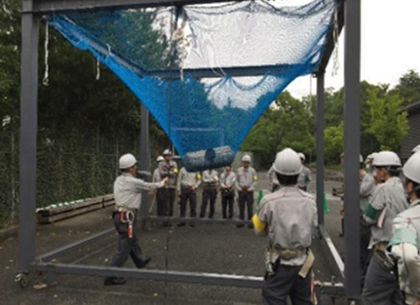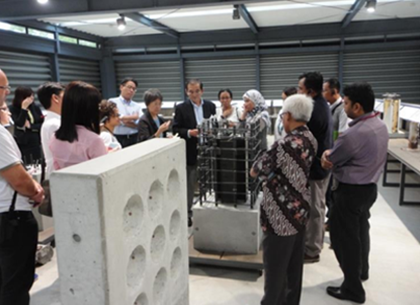Employment and human resource development
Contents
Ⅰ. Human resource development concept
1. “Good work fosters good people, and good people produce good work.”
At Takenaka Corporation, we refer to the buildings we make as "architectural works” This expresses our commitment to their quality, and the “mind of a craftsman,” which has been passed down from generation to generation in the consciousness of each and every one of our employees.
Under the Management Philosophy, "Contribute to society by passing on the best works to future generations," our fundamental way of thinking is "good work fosters good people, and good people produce good work.” Key personnel are not those who merely do what they are told, but rather, those who can think and act on their own. We believe that individuals should not be "taught" but should "learn" by themselves and create a sense of job satisfaction by learning while having their own goals and motivation. Such individuals are the driving force behind our organization’s growth. Our company continues to grow through the concerted efforts of people who can think and act on their own initiative.

2. Early development of young employees
While it is a prerequisite for each employee to develop his or her career autonomously, we take the initiative in their early development, especially with new entrants by placing them in a nurturing period. Our career development program is a mechanism for the company to provide strong support for this effort.
3. Career Development Program
The Career Development Program is designed to promote effective development of overall competency skills by grasping the abilities of individual employees, utilizing them for personnel management, and assigning the right person to the right position and job in accordance with their mid- to long-term career plans. Furthermore, we aim to ensure fair treatment by reflecting employees’ overall competency via an internal grading system and other means.

Ⅱ. Education and Learning System
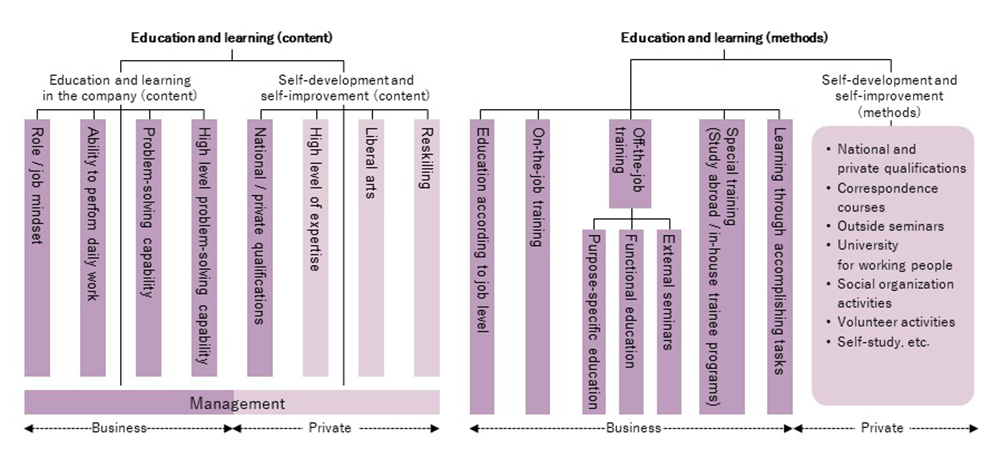
Ⅲ. New Employee Training Program
The main feature of Takenaka Corporation's New Employee Training Program is the one one-year time frame it takes to acquire a wide range of knowledge. New employees, which we refer to as apprentices, from all over Japan experience dormitory life at the Fukae Chikuyu Dormitory for one year while rotating through two to three departments for practical training. In their assigned departments, they learn about pertinent roles and workflow while actually taking charge of their work.
During this time, they acquire much knowledge and many skills. Their perspectives are also broadened by experiencing multiple departments in a short period of time (typically four to six months per posting to each department). This one-year period is also an important time to form personal networks between classmates and people in the divisions where they rotate. These are the foundation of each individual's career and the cornerstone of Takenaka Corporation's overall strength and human resource capabilities.

Ⅳ. Internal Recruit Training Program
Takenaka Corporation has a variety of human resource development programs to encourage the realization of individual career plans. We support employees who continue to work hard to achieve their dreams by tackling challenges they set for themselves, such as acquiring specialized knowledge and experience, extensive training in global business, and by utilizing a program that allows them to study abroad in specialized fields.
1. The Takenaka Research & Development Institute’s Trainee Program
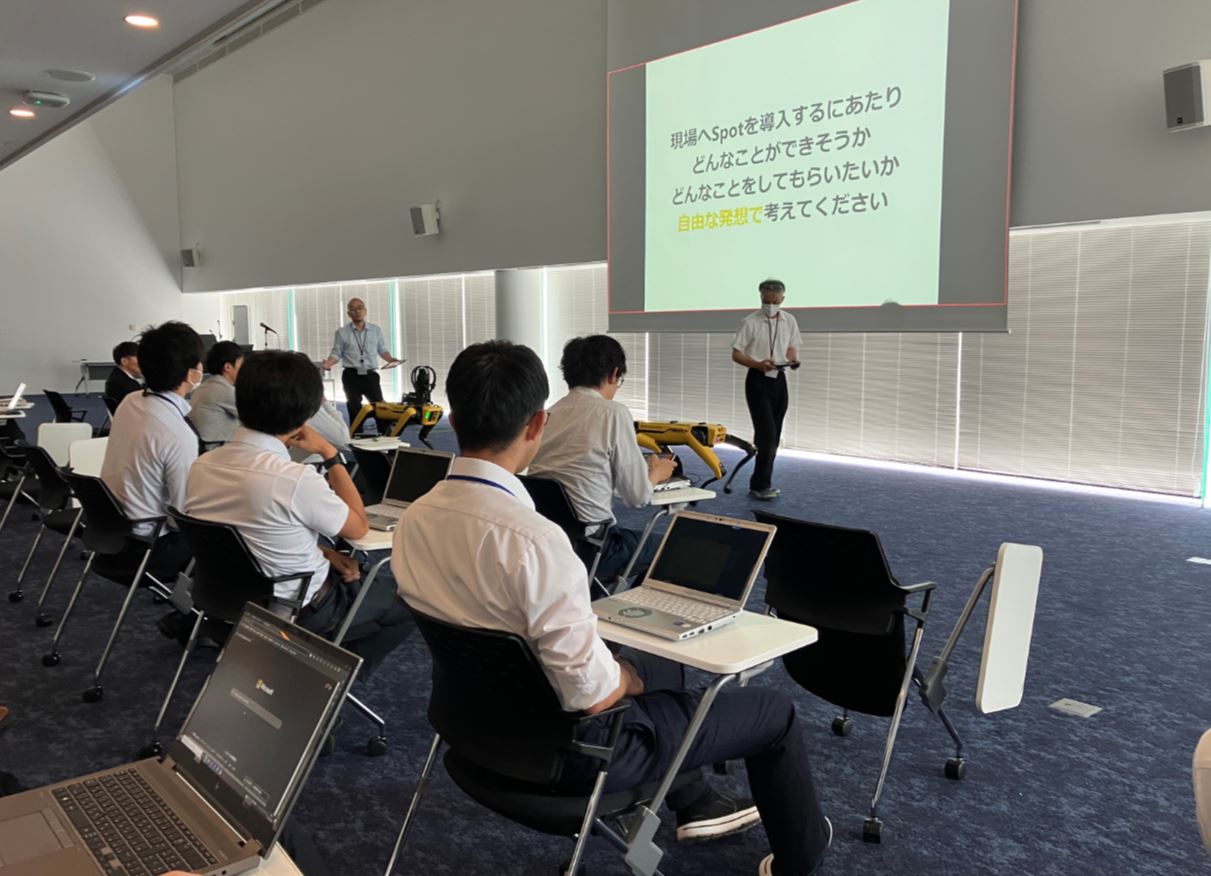
Every year since 1959, we have selected technical employees who have applied from our main and branch offices to spend two years at our research and development institute, in order to respond to advances in construction technology. This involves practical training and research for developing people who will eventually form the core of our design and construction operations.
2. International Business Trainee Program
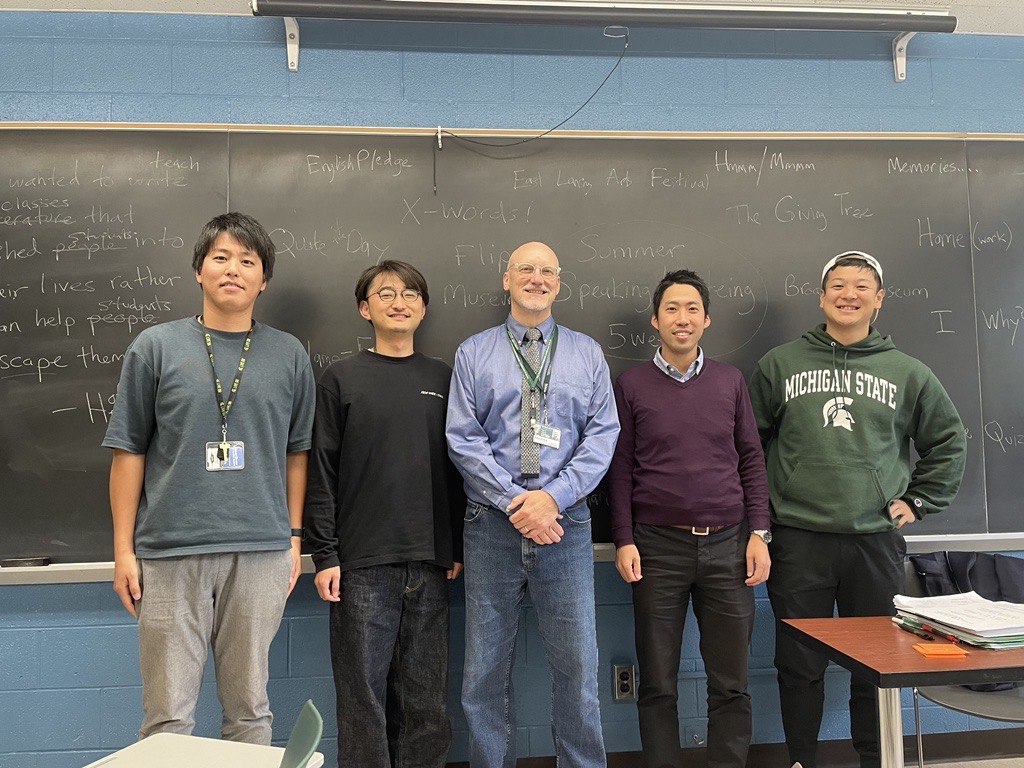
This program is designed to respond to diversifying international business conditions by systematically developing people who will form the core of our global business operations.
Trainee schedule (example)
English training in Japan (one month)
Global language training (three months)
Basic skills training in Japan (one month)
Global practical training (six months)
Presentation of results and completion ceremony
3. Study Abroad Program
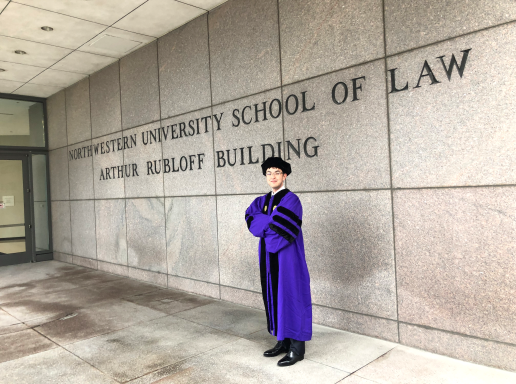
Since 1961, our study abroad program has systematically sent employees to overseas graduate schools, research institutes, accounting firms and design firms and other organizations to absorb knowledge, develop international perspectives, and conduct research in various fields, such as business management, design, construction, and technology.
2009 examples
International architecture (a U.K. graduate school)
International legal studies (a U.S. graduate school)
International finance (U.S. banking)
Architectural design (a U.S. graduate school)
Architectural design (a French design office)
Environmental design (a U.S. graduate school)
Materials research (a Norwegian graduate school)
Smart community (a U.S. graduate school)
Global real estate management (U.S. and U.K. companies)
Medical welfare (a Singapore-based company)
Computational design (a U.S. graduate school)
Construction project management (a U.S. graduate school)
4. Takenaka Group Career Development Secondment Training Program
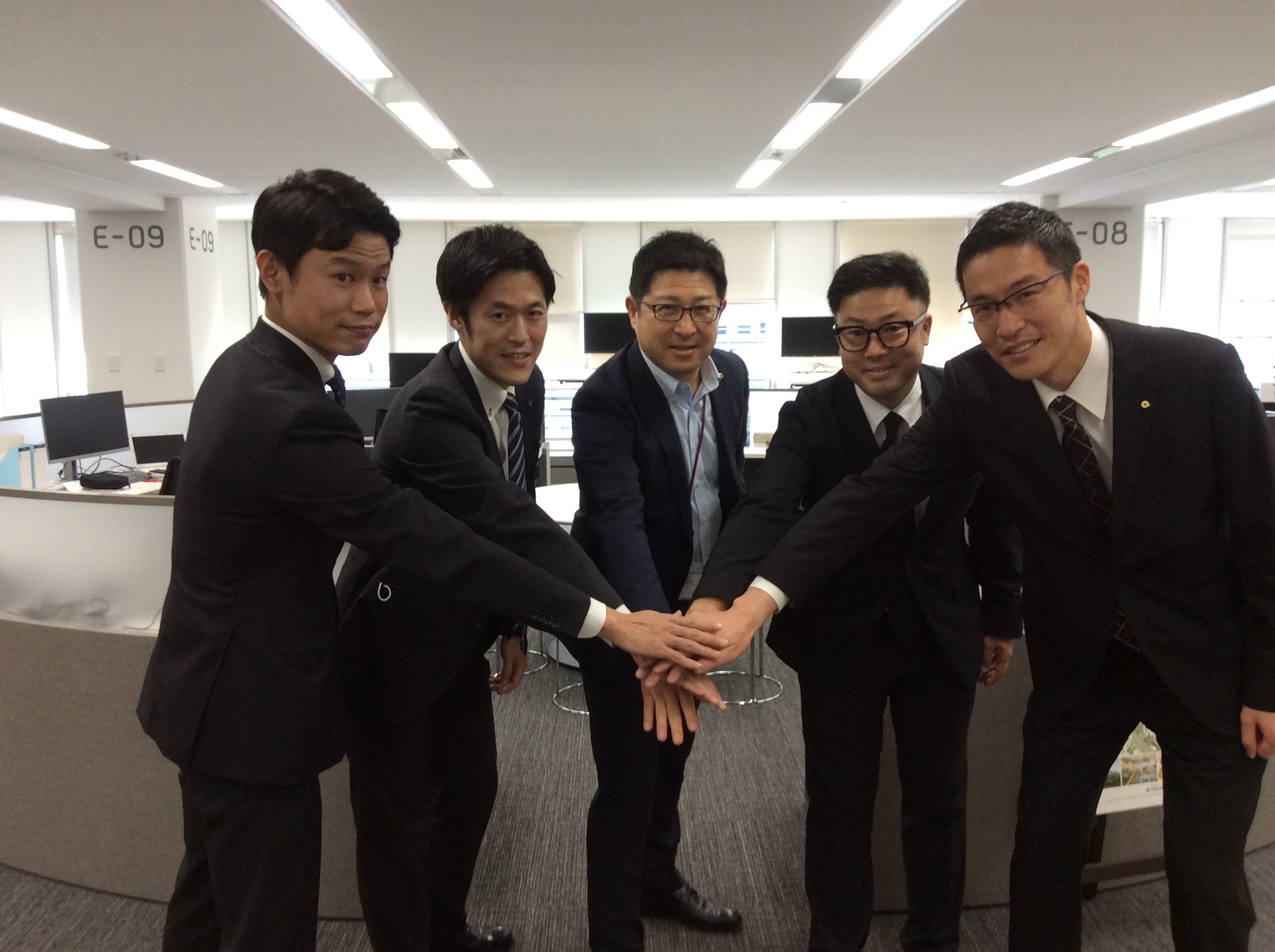
Purpose of training
Since 2014, the Takenaka Group has been implementing a career advancement secondment training program with the aim of strengthening personnel exchange and business collaboration with group companies. Under this program, Takenaka accepts trainees from group affiliates who learn through on-the-job training and by forming personal networks aimed at strengthening group cooperation.
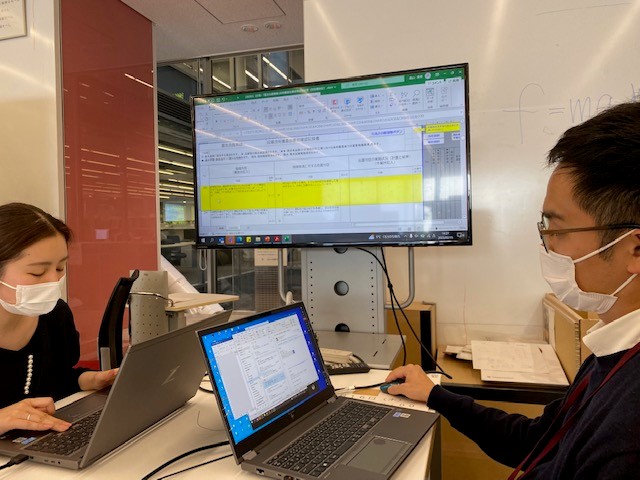
Implementation background
To date, a total of some 32 trainees from seven group companies, including Asahi Facilities Inc., TAK E-HVAC Corporation, TAK-QS Corporation, and Asahi Corporation have participated in training sessions at various Takenaka divisions. During the training period, in addition to daily follow-ups, trainees are regularly interviewed, and a presentation of results is given upon completion. Participants have commented on the goals of understanding work, building personal networks, and on the changes to their awareness. These have included the achievement of “a broader perspective,” “deeper thinking ability," as well as examples of how mutual understanding has led to better work efficiency and service quality.
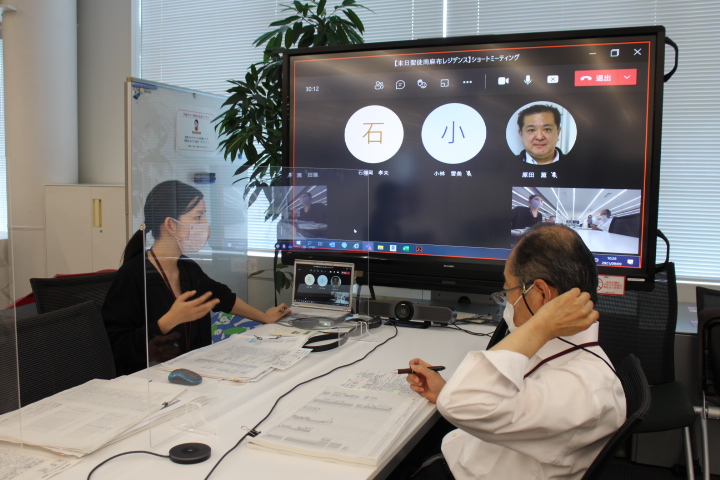
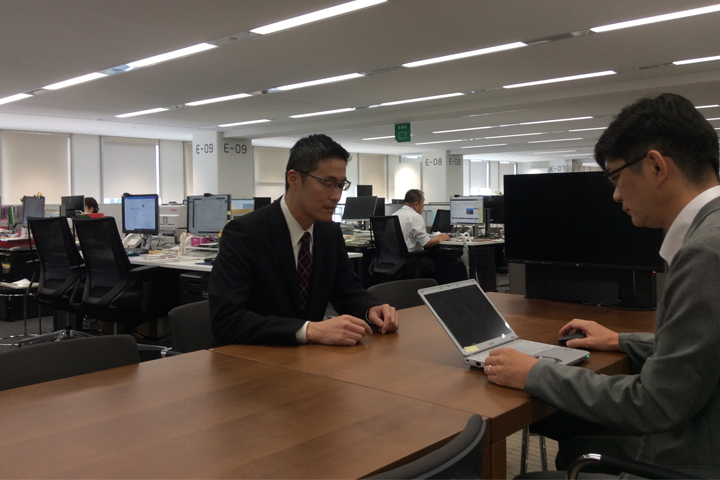
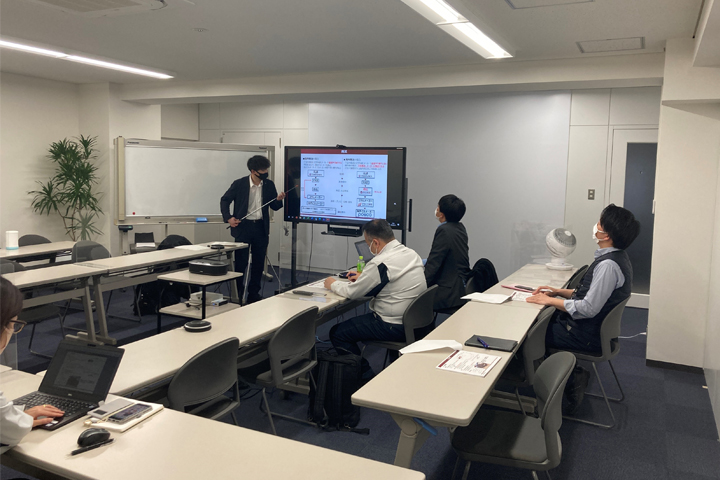
Future deployment
The experiences and personal networks that trainees forge through the Career Development Training Program are assets both to the trainees and to the Takenaka Group. In order to strengthen the group’s human resource base, we will continue to create opportunities and mechanisms to enhance group unity and create synergy effects by utilizing these valuable assets and by boosting opportunities for understanding work and personnel exchange.
Ⅴ. Support System for Acquiring Qualifications
We actively encourage employees to obtain national and private qualifications, such as licensed first-class architect and so on through seminars and in-house mock examinations. The number of Takenaka employees who hold first-class architect licenses ranks among the highest in our industry (as of January 2023).
Licensed first-class building works execution managers: 2,432
First-class construction management engineers: 2,336
Licensed professional engineers: 192
Ph.D.s: 120
Ⅵ. Human rights initiatives

We are promoting efforts to deepen employee understanding of our basic stance and action guidelines contained in our Human Rights Policy with the aim of fostering a corporate culture of respect and human rights awareness. This is done through introductory training at the time of hiring.
Ⅶ. In house training facilities
1. Takenaka Training Center, Takumi
The Takenaka Training Center, Takumi is located in Seiwadai, Kawanishi City, Hyogo Prefecture. Participants from all over Japan gather there to study, discuss, and sometimes compete with each other in a verdant natural setting to enhance their skills and deepen their knowledge. Completed in 1972 on a hill overlooking the Ina River, the center has tennis courts, a baseball field, and an athletic track.
In 2007, a project was launched to revitalize the facility into an intellectually creative training center. More than 100 personnel from various company departments worked to complete the project. Human resources are the most important assets for management to support sustainable corporate activities. The “message” that is sent from the human resources of today to those of the future has been embedded in the new Takenaka Training Center.
The reborn Takenaka Training Center, Takumi is a space where people can immerse themselves in training and then refresh during breaks. Whether by coffee in the lounge or a walk in the courtyard, the center, perched atop a hill, offers a comfortable environment enveloped in gentle light and tranquility. We also create opportunities for active communication in the hope that a change of pace and casual conversation with colleagues at a place far removed from everyday life will help foster new “awareness.”
In 2018, we completed a lodge surrounded by warm timber, with rooms open to the Seiwadai Forest, where users can feel the abundance of greenery and trees. It provides a place for self-reflection between training sessions while affording a feeling for the richness of nature in a remote location.
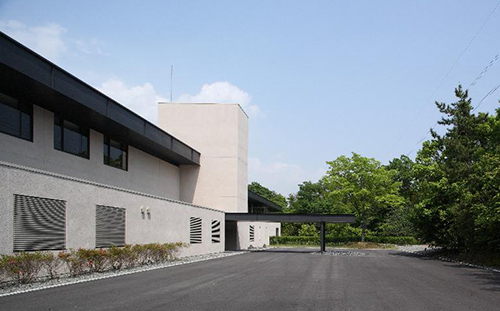
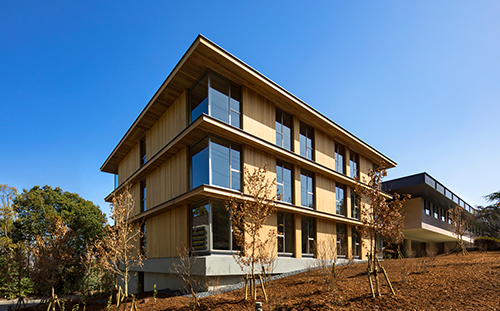
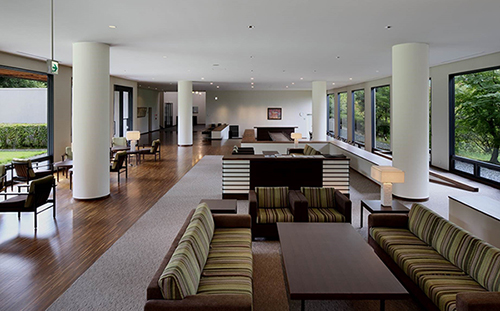

2. Takenaka Practical Technology Training Center, Omoi
Takenaka Practical Technology Training Center, Omoi is located on the premises of Takenaka Training Center - Takumi. The Center’s basic policy is to ensure that the process of creating quality--assets that accumulate value over years--is passed on to the next generation. This is accomplished through hands-on training in which trainees see, touch, and experience in order to acquire the kata (form) for the craft of making things, and cultivate the basics of the toryo (master builder) spirit, refined with sensibility and knowledge. In particular, employees involved in making things are required to practice the principle of actual things at actual places in real time. Against this backdrop, we opened the center as a place where trainees could learn the above-mentioned kata for the craft of making things.
Training is offered to Takenaka's technical employees and to the heads of our supporting affiliates, and is divided into categories: construction, equipment, design, supervision and quality control, repair work, safety, and subcontracting. Programs are in place for beginner, intermediate and advanced levels, and training covers a wide range of topics, including reinforced concrete work, control points for preventing water leakage and accident safety. We also provide training for local global staff.


